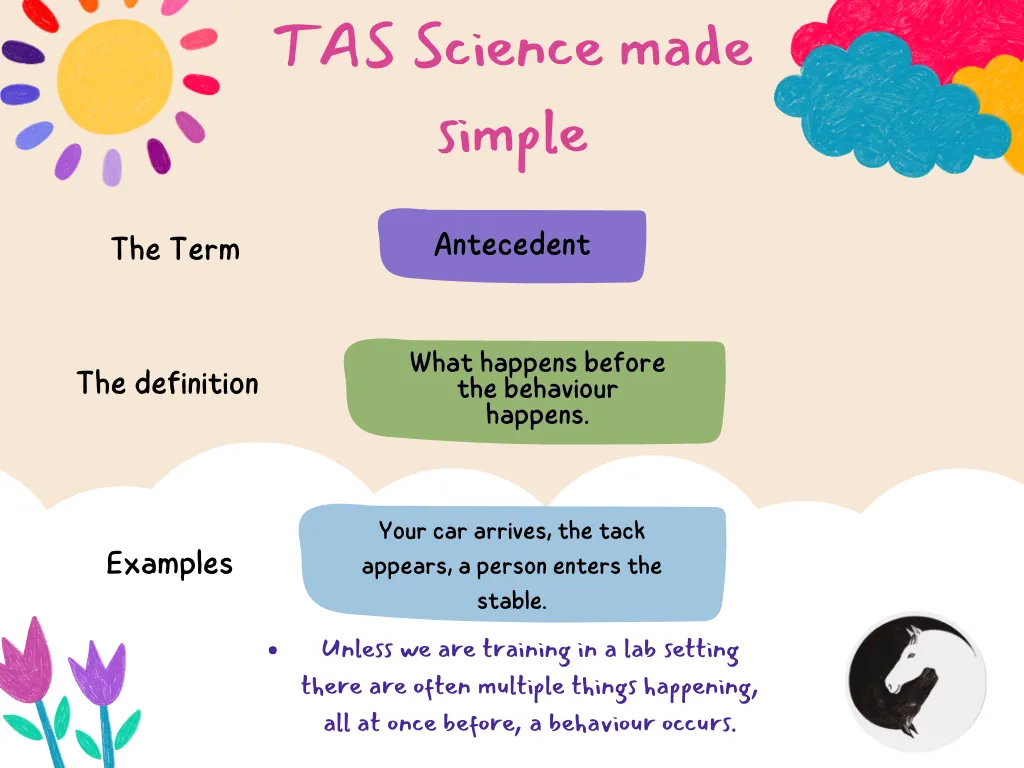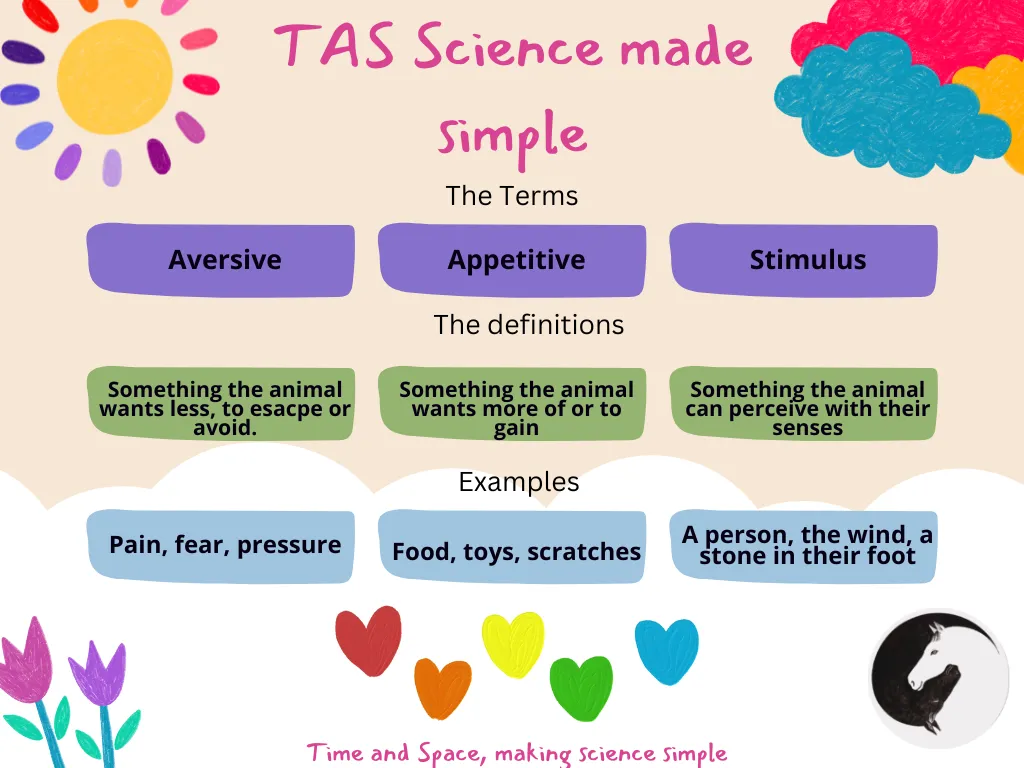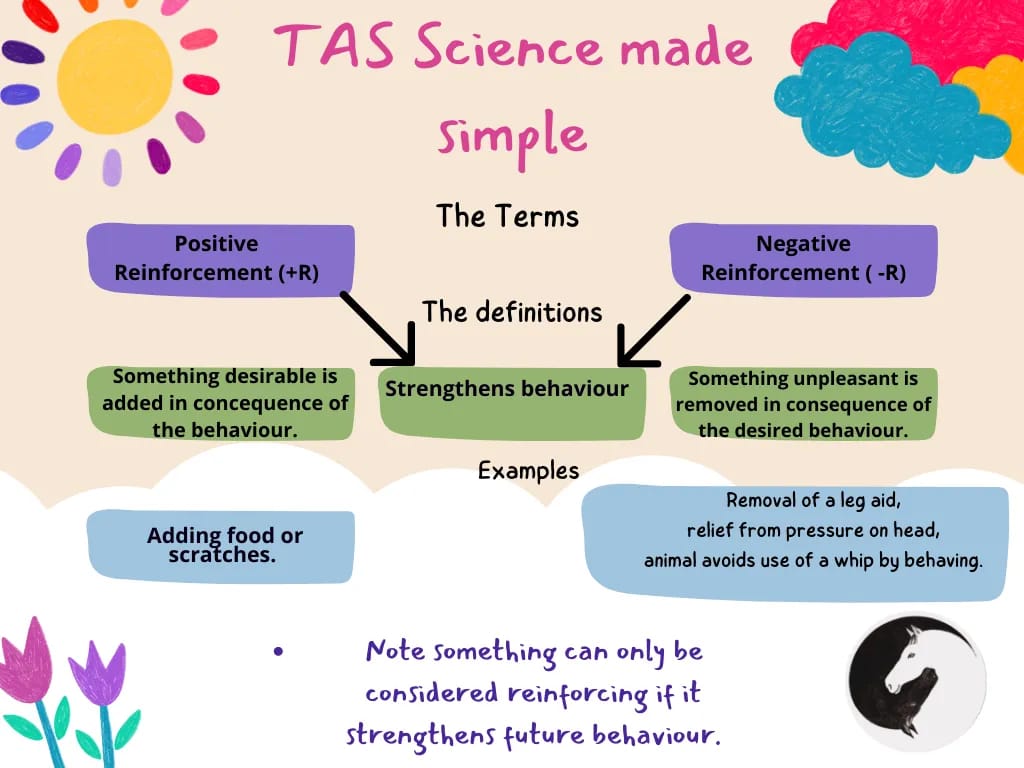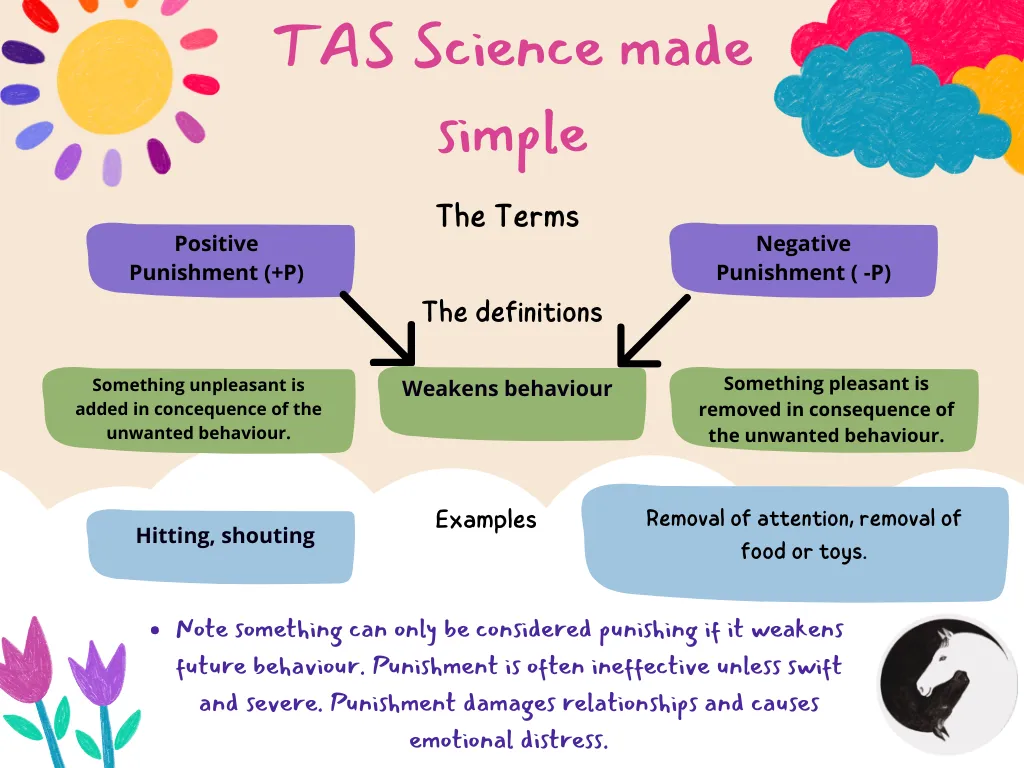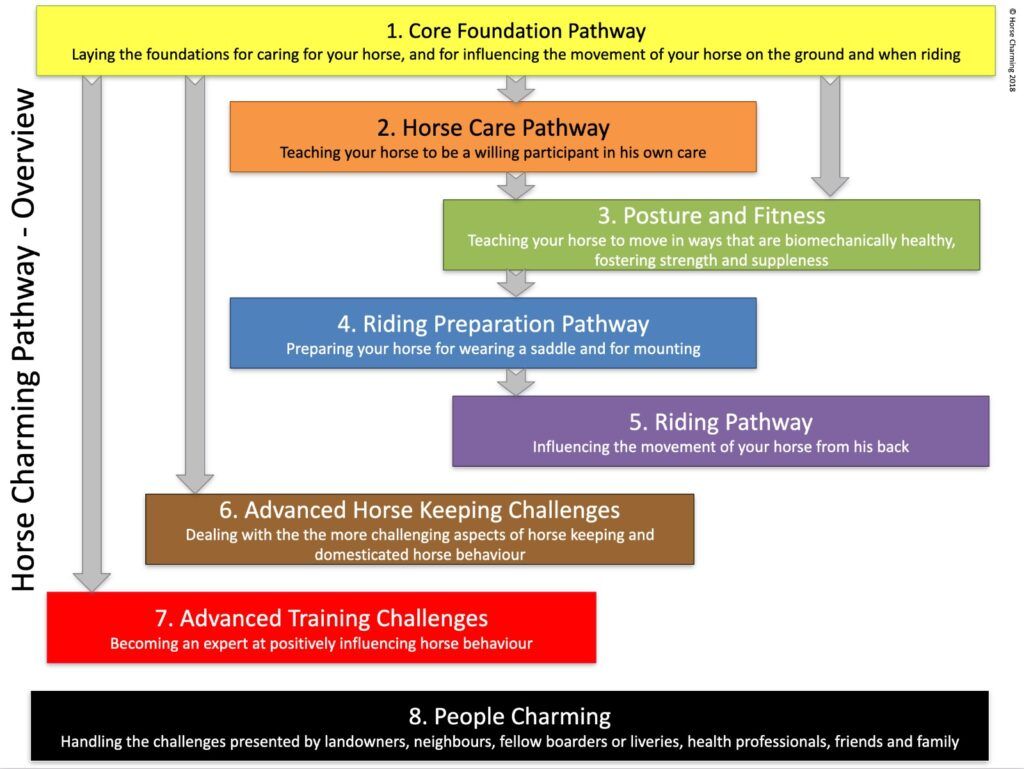- Practical Application
- Theory
- Video Coaching
Changing the Relationship
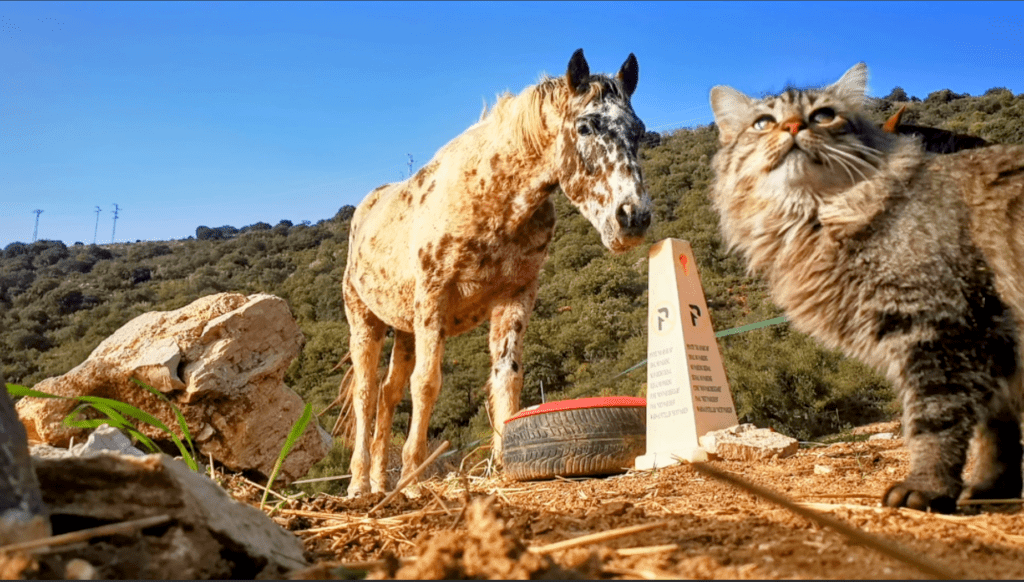
Beyond basic care, we also need to give good examples of handling and training.
‘Using’ a horse without paying attention to his emotions can cause psychological problems that owners are unaware of. Although unintentional, it can be damaging to the horse. Just like people that have been suppressed or manipulated, horses also display similar reactions and respond well to a more sympathetic approach. This may only be apparent when we begin to change our training and communication methods. For the first time, the horse learns he has a voice, as we learn to read his expressions and respond appropriately.
We learn from behaviour change science to teach and handle all horses in a force-free, non aversive way.
Some horses start to love and connect with people while others may initially become aggressive before they learn to trust. This is all part of the process and each horse and human will have all the time and space they need to work through this.
We use positive reinforcement and other force-free techniques, following the Horse Charming Pathway. Our primary goal is that all horses are willing and give complete consent for everything that we do to them. That may be touching, grooming, veterinary care, or in the future riding, among many other things.
We can offer distance coaching with your own horse, please get in touch if you would like more information, or are ready to start together on a new path.
If you don’t have your own horse, or you would like to gain experience with a variety of horses and behaviours, then you are able to apply to our equine programme.
How does force-free training work?
Distance Courses
How Animals Learn is a twelve week online theory course which delves deeply into the science of behaviour change run by Max Easey of Horse Charming.
It is applicable for all species and the course is suitable for any animal owner or lover.
You will touch on parts of the course if you join our Equine Programme, but if you would like to study this in full, then please get in touch and we can give you more information or register you on the next course.
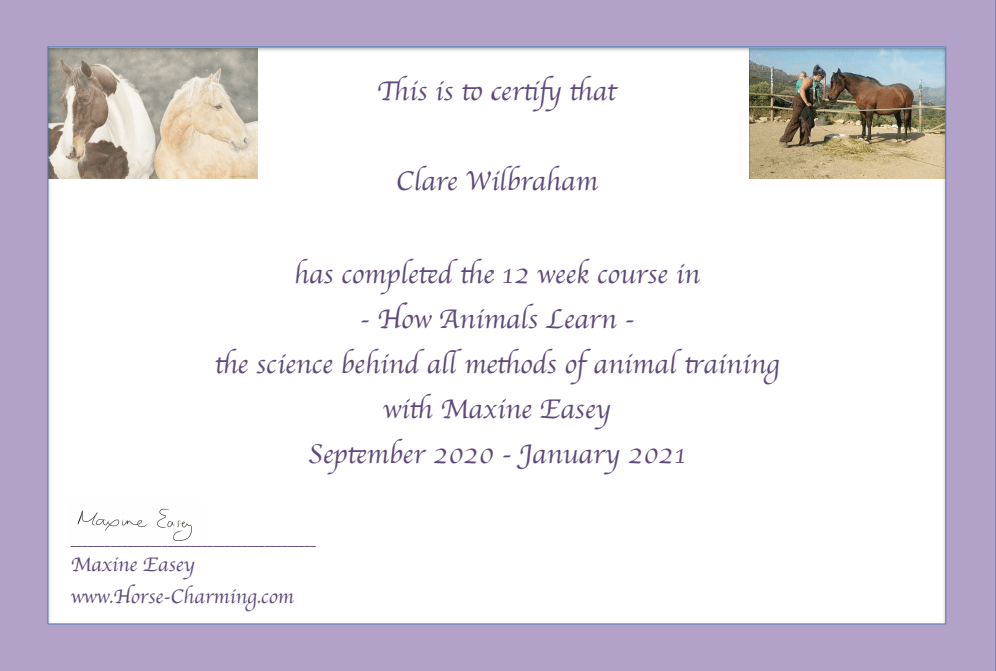
Distance Support
One of the increasingly popular and great value-for-money and flexible ways to learn how to train horses using positive reinforcement (together with desensitisation and counter conditioning) is to have coaching sessions and support by video.
This means that you take video of yourself training your horse and we review that video and give you detailed feedback and instructions on how to improve.
We use a mix of standard written lessons (some of which come with accompanying video examples) and bespoke personalised lessons. Each of those lessons is provided as an instructional document in PDF format.
What is video coaching good for?
Video coaching is great for people who want a low cost solution to getting started or making progress with training specific behaviours with positive reinforcement, or who need to work with a horse or pony on desensitisation to feared things or situations.
Video coaching also works really well for people who are living in more remote areas or who are quite a distance from one of our trainers, and where the costs of travel for regular one to one lessons would be prohibitive.
We also find that when dealing with a desensitisation issue (trust and confidence building and changing the animal’s perceptions of people, places and things) that nothing that lasts can ever be achieved quickly – and it’s rare for an animal’s perception to change within one session. So while we can get you started with a desensitisation programme in a face to face lesson, confidence building programmes often require ongoing support and consistent training over a period of time. Video coaching is a great way to make sure you stay on track with a programme of training like this.
We also use video coaching for people we teach face to face – so sometimes we suggest to people that they get started with a couple of video lessons before we actually come out to visit, then have a face to face lesson with an instructor in person, and then have some ongoing support by video with an occasional lesson when we are in the area. It’s a good way to make regular progress without a big financial outlay.
One of the main advantages of video coaching is that you aren’t required to make an appointment, take time off work, book your school or arena for 2 hours, pay someone travel expenses or deal with the weather when having lessons! You can train at a time and in a place that suits you, when the weather is fine, for a few minutes at a time.
How do I sign up for a video lesson and how does it work?
The way we approach this is in three stages:
1. As soon as you contact us about getting help with you horse or pony, we will ask you to complete a questionnaire to give us some background information about yourself and your animal(s).
2. We may then arrange to talk by Zoom or phone to ask any follow up questions and to jointly decide which is the best place to start at that point. That discussion may also be done by email, Whatsapp or Messenger.
We may decide to start with recommending management changes such as turn-out, feeding or company. Once you’ve implemented those recommendations, and are seeing some change, then we may move on to specific lessons, beginning with foundation training.
3. In exchange for a flat fee of 35€ per lesson you will then receive the written instructions, and ongoing support by email or message, and feedback by either audio recording or in writing (sometimes both) on any video you submit that relates to that lesson.
We ask that you take video of no more than 2 minutes at a time of yourself with your horse or pony.
When we review your video we would comment on things like your body positioning, your timing, your mechanical skills (target handling, clicking, feeding), the environment in which you are training, and on the emotional state of the horse, and then we give you advice on how to improve and what to do next.
We usually give feedback in writing, sometimes by audio recording and sometimes we may suggest an additional (chargeable) coaching phone or Zoom call to talk through the feedback depending on the complexity of the case.
You can continue to submit video until we are all happy that you and the horse have mastered the lesson / completed that task / achieved a resolution to the issue and are ready to move on to the next lesson or exercise. The choice of lessons will be determined by the overall goal you have for yourself and the horse.
For each lesson there is no limit on how many times you can submit video until you master the lesson. So for some lessons you may only need to submit a couple of videos before moving on to another lesson. With some more complex lessons you may need to submit video of each stage of the lesson.
We also allow people to do a lesson with more than one horse or pony and usually we will charge per animal, depending on the complexity.
Why do we ask you for background information?
We believe that the way a horse or pony is kept and cared for and their past life history and their prior experience with people can make a big difference to how they respond to training.
The owner’s prior knowledge and experience of horse keeping, and of using other horse training methods, can also determine the way we would give advice or instruction.
For this reason we prefer to coach people about how to train a behaviour or resolve a behaviour issue after taking some history and after seeking to gain an understanding of what you as an owner or loaner have already been trying already and also about what you have as longer term goals or objectives for your relationship with your animal.
It also helps us to know how much you already understand about how horses learn because it may be that we might recommend some reading or video to watch to help your overall understanding of our approach.
Overall our aim is not to mechanistically train horses to “behave” or perform behaviours for the sake of it. We are much more about how you can develop a relationship as a pre-requisite to being able to ask the animal to do certain things for their own benefit. We also don’t think it’s appropriate for anyone to offer “hints and tips” type ad-hoc advice or quick fixes without knowing anything about you or your horse.
While in principle training horses with positive reinforcement is fairly simple, that doesn’t mean it is by any means easy. We prefer to get people off to the right start with high quality training materials and coaching rather than have you call on us when you’ve tried on your own and learned the hard way how not to train!
For that reason we ask you to tell us all about yourself so that we can personalise our help to your specific situation and your animals as individuals.
Our aim is to build relationships with people through our video (and face to face) coaching – and to provide you with the understanding of the principles and theories and techniques of animal training as well as the practice.
We want you to become self-sufficient as time goes on, to design your own training plans and to solve your own problems. Ideally we of course want you to choose to use positive reinforcement compatible solutions for all of those!
Do I need any special equipment …. or a video person?
Since we recommend training in short sessions, in a place where the horse or pony feels confident and safe, you don’t need any special equipment or an arena or even a video person.
Most of our video clients take video by propping their phone on a fence or a bucket or using a simple device like a gorilla pod to attach their phone onto a gate.
You can then just use the features on your phone to upload your video to YouTube to send to us.
If you have a video person then great! Rope them in. They might learn something too. Just make sure they know to point the camera at you. Sometimes we see a lot of the sky or the ground :-).
Do I have to sign up for a series of lessons or a programme of coaching?
No, we don’t require people to sign up for anything other than to pay for each lesson they wish to do. If we think you need more in depth coaching or education on horse care and horse keeping we may suggest a supplementary fee for either written personalised guidance or personalised video for yourself.
And you can do each lesson in your own time – there is no time limit on when you have to submit video.
What kind of things are covered by the lessons?
We now have the entire pathway for training a horse or pony for everything you may conceivably want to do with your equine friend. We call this the Horse Charming Pathway and it provides a route map for a series of re-usable lessons or personalised coaching topics that can be followed by people wanting to go all-in to training with no force.
Once you have completed your initial questionnaire and have committed to some coaching with one of our team, we will share this pathway with you to explain the route we propose for your particular situation.
The standard video lessons are for general purpose use and cover things like:
- Foundation lessons for getting started with using positive reinforcement -establishing calmness and confidence when there are people around with food and then teaching a default behaviour
- Basic target training – touching targets and stationary targeting behaviours
- Teaching the horse positively trained cues for movement using target training (for general handling, leading, trailer / lorry / horsebox / float loading and preparation for long lining, driving or riding).
- Straightness training / physiotherapy work using positive reinforcement and target training. We call this Positive Pilates.
- Hoof handling, trimming and shoeing
- Loading and travelling
- Preparing horses for riding and starting or restarting horses to be ridden
- Dealing with phobias and fears and spooking – whether generalised or specific and including clipping, bathing, worming, injections, wound care, traffic, other animals, separation from the herd.
- Teaching a way for the animal to give (or not!) their consent for things we wish to do to or with them, usually for their own benefit (we call this Consent Training).
- Aggression either from horses to people or between horses
We also write bespoke lessons for people on specific things they wish to train that are not already covered by a standard lesson.
If there’s something you’d like to learn with us please don’t hesitate to ask!

